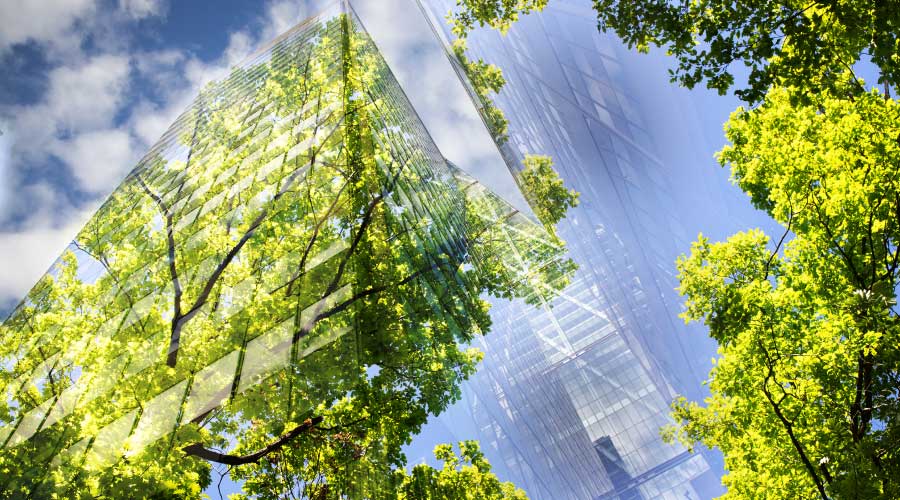Utility Incentive Programs Can Help Facility Managers Save Dollars
Rising demand for electricity has led utility companies to seek ways to reduce the need to invest in new generation facilities, system power purchases, and additional transmission and distribution capacity. The problem for utilities is especially critical at periods of peak demand. As a result, utilities have devoted significant resources to programs designed to reduce consumption, particularly at peak.
Some utility incentive programs have been designed to persuade facilities to reduce overall electricity use. For example, utilities may offer grants and rebates to customers to assist in the purchase of energy-efficient products. Other programs provide awareness and education resources to aid facility managers in implementing energy efficiency building practices.
Other types of incentives are tied to peak demand reduction. These programs do not necessarily reduce total energy use within a facility. Instead, they are designed to help customers curtail their energy use during hours of peak demand, typically between 11 a.m. and 7 p.m. on weekdays, or to shift demand to hours when the demand for electricity is lower: evenings, nights and weekends.
Traditionally, all but the largest customers paid for electricity at a rate based on average annual generation costs. While this pricing scheme did reimburse utilities for the cost of generation and delivery, it did not reflect the higher costs incurred by utilities when they had to either purchase power or bring higher cost peaking generators online to meet the highest periods of peak demand. Nor did it cover the cost of building and maintaining the infrastructure needed to meet peak demand. The pricing scheme also did not offer customers any incentive to reduce their energy use during peak demand periods.
How Demand Response Works
A variety of programs have been developed that focus directly on reducing peak demand. For example, utilities have offered lower, "interruptible" rates to large facilities that would agree to reduce consumption upon request. But there were complications with these programs that led many utilities to morph them into demand response programs.
The most common approach to current demand response programs centers around a demand response event. Demand response events are those occasions when the utility foresees the demand for electricity increasing to the point where outside purchases of electricity will have to be made or higher cost peak generating equipment will have to be brought online in order to meet demand. A demand response event also may be the result of equipment failure within the distribution system that could result in an overload to a portion of the system.
$2.5 billion
Utility rebate programs flourished in the early '90s, then waned as the industry moved toward deregulation. Since then, there has been a resurgence in utility energy incentive programs, with total funding from utilities or state energy offices hitting $2.5 billion in 2008. For more, go to: www.facilitiesnet.com/12123bom.
|
Related Topics:












